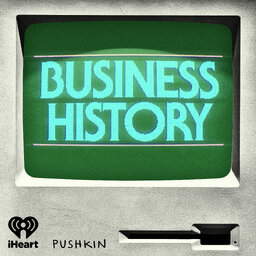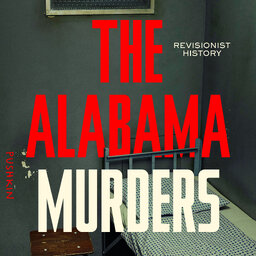My Little Hundred Million
In the early ’90s, Hank Rowan gave $100 million to a tiny public university in Glassboro, New Jersey: not Harvard, not Yale, not even to his alma mater, MIT. What was Rowan thinking? And why has it proven so difficult for other philanthropists to follow his lead?
To learn more about the topics covered in this episode, visit www.RevisionistHistory.com
Learn more about your ad-choices at https://www.iheartpodcastnetwork.com
 Revisionist History
Revisionist History


